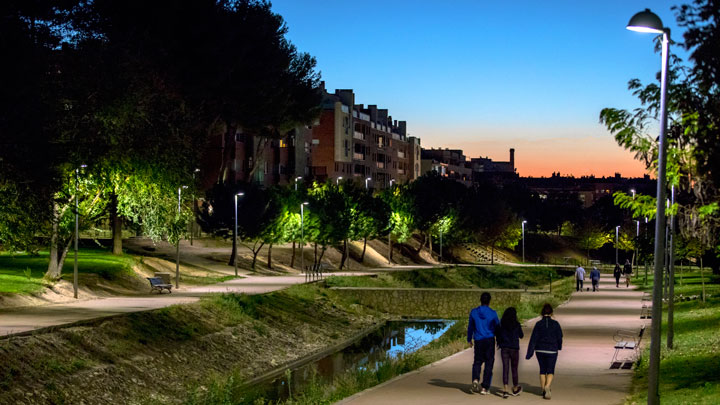As the rise of the smart, enabled precinct extends the opportunities for real-time real estate from a single smart building to an entire city block or urban digital district, what are the new models that are emerging?
According to a discussion paper from developer Mirvac, co-produced with WORKTECH Academy, one of these new models is the design of mixed-use developments that incorporate workspace, retail, hospitality, leisure, residential, education, and transport. These developments are evolving to integrate physical experiences with smart technologies, strengthen the community fabric of an area, and support an emerging tech-led economy.
The report identifies four core typologies:





